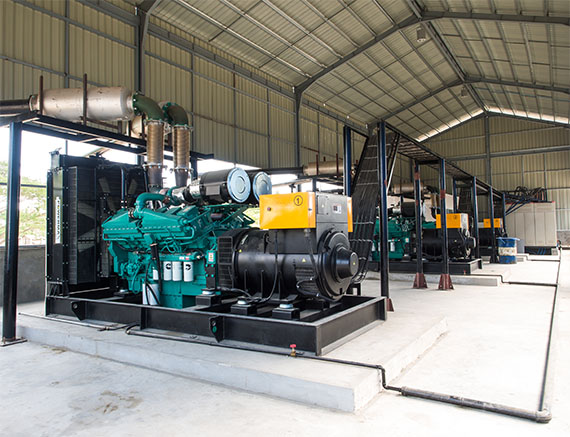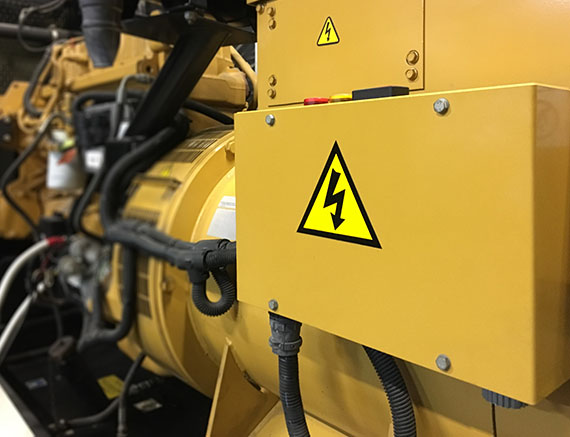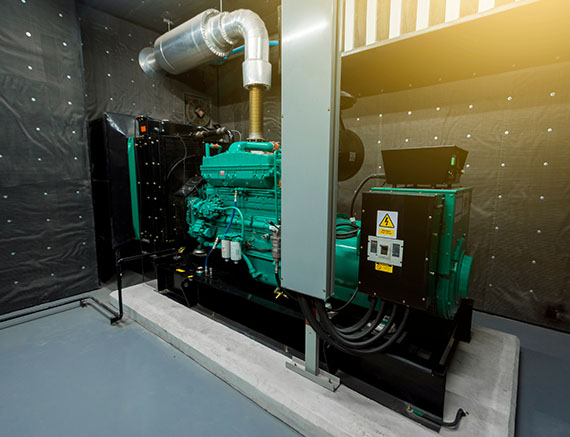
Total System Solutions
PowerSafe has the Total System Solutions enabling our customers to keep the entire project under one roof, including procuring all required materials and equipment for the project. We are hands-on with our clients throughout the design and procurement process, building, commissioning, testing, and training. PowerSafe has the capability to reduce the budget for projects of all shapes and sizes.
Total Project Solutions include:
- Site electrical distribution upgrades
- Relay retrofits & upgrades
- Generation electrical upgrades
- EPC management





Association & Membership


Power Quality & Harmonic Measurements
Power quality refers to the ability of electrical equipment to consume the energy that is supplied to it. The efficiency of electrical equipment is impacted by several different power quality issues, including electrical harmonics, poor power factor, voltage instability, and imbalance. These power quality issues can result in a number of consequences, including increased energy usage and costs, higher maintenance costs, and equipment instability, and failure.
Why is power quality maintenance important?
Power quality is an important component of any business or facility for a number of reasons, including:
- Good power quality saves money and energy
- Improve the overall performance of equipment
- Avoid catastrophic failures
- Reduce power disturbances
The presence of harmonics in electrical systems is an indication that the current and voltage are distorted and deviate from sinusoidal waveforms. Harmonic currents are the result of non-linear loads that are connected to the distribution system.
How can harmonics affect power systems?
- An increased need for power consumption during equipment operation leading to greater inefficiencies
- Increased installation and utility costs
- Overheating of components
- Equipment malfunction
- Inaccurate measurements on sensors
- Interference with telecommunication
- Tripping of circuit breakers
- Overall decreased profitability





Association & Membership


Ground Grid Design and Analysis
Ground grids are very much an invisible component of high voltage electrical installations but serve an important role to provide a degree of safety and protection to persons and equipment. PowerSafe provides measurement of soil resistivity, ground grid resistance, step & touch potentials and ground grid integrity for new and existing high voltage electrical ground grids. Ground grids depending on their size, arrangement and location can make getting valid test results challenging. PowerSafe is ready to assist and provide our expertise for your next high voltage grounding installation project.
Soil resistivity measurements are necessary to determine ground electrode requirements for the design of new electrical ground grid installations. An earth resistivity instrument is used for measurements using the 4-point Wenner method. PowerSafe will perform a check of the data in the field and make corrections as required to ensure the measured values we provide will not cause problems for your engineering team during the ground grid design phase.
Ground grid resistance or impedance measurements are normally performed after construction of new electrical ground grids in high voltage substations to validate that the design meets safety requirements for ground potential rise. The equipment used to measure ground resistance or impedance can be a simple battery operated switched DC output instrument or a complicated frequency selective AC output instrument. The site to be tested should be reviewed so that the correct technology is selected, measurement locations and paths are planned to minimize sources of error, and to ensure it is possible to perform the test with consideration given to geography and surrounding terrain.
Using the same equipment used for the ground grid resistance tests, a survey of step and touch resistances are performed. The resultant step and touch potentials are calculated to determine if the installation is within permissible limits of the applicable safety code.
Ground grid integrity surveys are performed to assess the condition of an existing electrical ground grid installation. The buried conductors are not visible so a method of injecting current into the ground grid between two points and measuring the resistance between the two points is performed. Measurements are performed at multiple locations throughout the substation, normally using the ground grid layout map as a guide if available. Higher than normal resistances measured could help to discover weak, broken, severed or corroded joints that cannot be normally identified.
Ground Testing Services include:
- Fall of Potential tests
- Step and Touch calculations and reports on 15kV and 25kV systems
- Field Soil Resistivity (Ground Resistance) testing using
- Werner four-electrode method
- Earth continuity testing
- Earth Potential Rise (EPR) calculations and reports on 15kV and 25kV systems





Association & Membership


Arc Flash Studies
Arc flash is a serious hazard with potentially devastating effects. Ensuring worker safety and meeting the challenges of the arc flash safety requirements can be a difficult task. PowerSafe delivers complete solutions for arc flash compliance. PowerSafe provides complete services from on-site data collection to hazard analysis, labelling to personal protective equipment. PowerSafe helps reduce your risk by providing safety programs and ensuring regulatory compliance. Whether you require a complete program or short-term assistance with arc flash calculations, PowerSafe is able to provide a solution to fit your needs.
Data collection
On-site, the electrical data necessary to prepare an arc-flash hazard analysis. Data is collected on the electrical system, from the electric utility service point through the electrical system to the equipment where the arc-flash hazard risk is located.
Engineering Analysis
The data collected (or provided by the facility) is analyzed utilizing specific software to perform: short circuit analysis, protective device coordination, arc flash.
Report and Labels
The engineering analysis results are then prepared into a detailed report and Warning labels are provided for all electrical equipment evaluated.





Association & Membership


Short Circuit and Coordination
Short-circuit calculations are an essential component of a coordination study. Short-circuit results establish the minimum and maximum current levels at which coordination must be achieved. They aid in setting or selecting the devices for adequate protection.
A coordination study minimizes the hazards to personnel and equipment, with the least disruption of power service.
Coordination studies:
Select or verify the clearing characteristics of devices in the protection scheme, such as fuses, circuit breakers, and relays
Determines the settings for protective devices that are required for selective fault isolation.
In a properly coordinated system, a fault will interrupt only the minimum amount of equipment necessary to isolate the faulted portion.
Whenever your facility is changed or upgraded, you revisit your protection scheme to determine whether it should also be updated to ensure that devices are coordinated





Association & Membership
